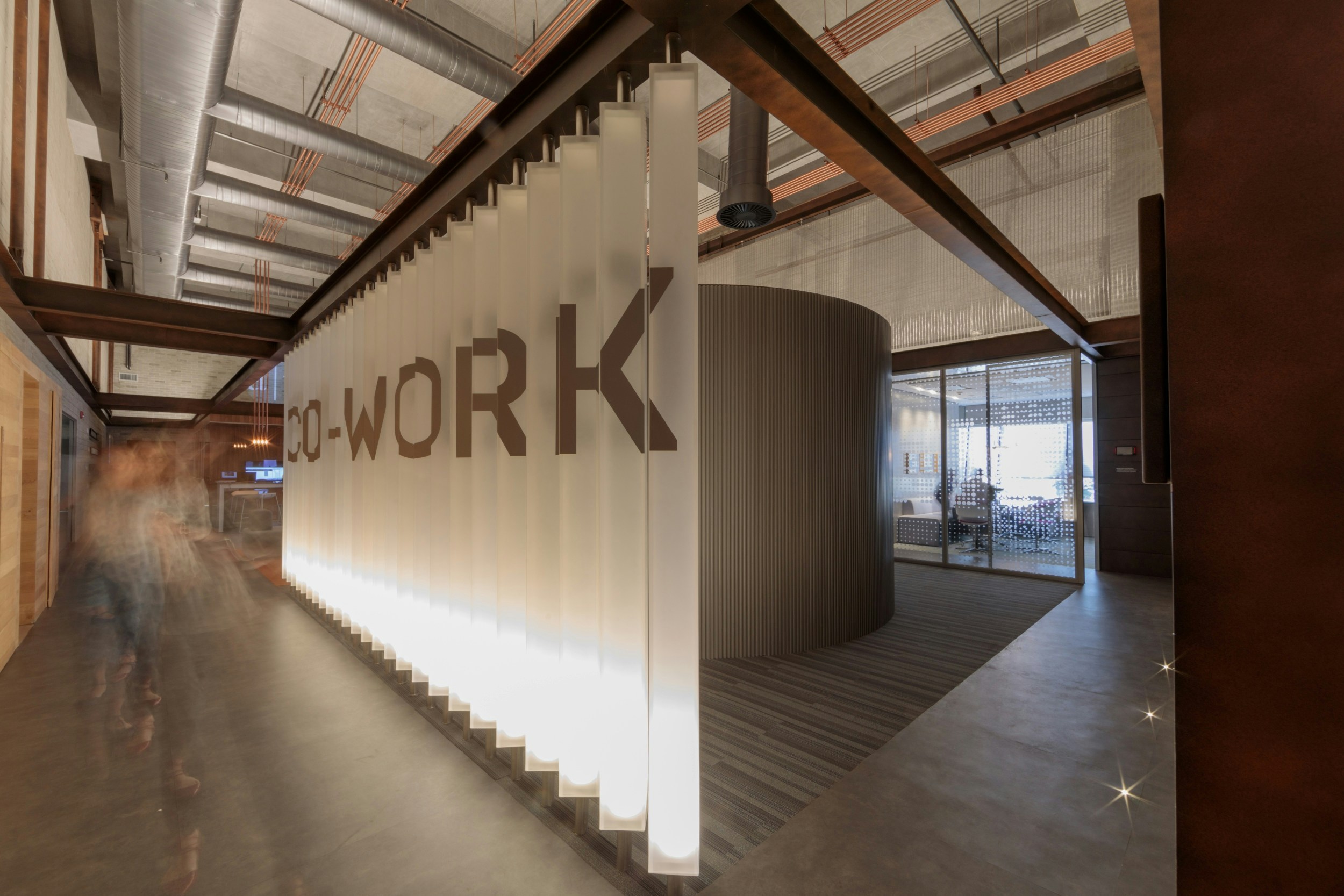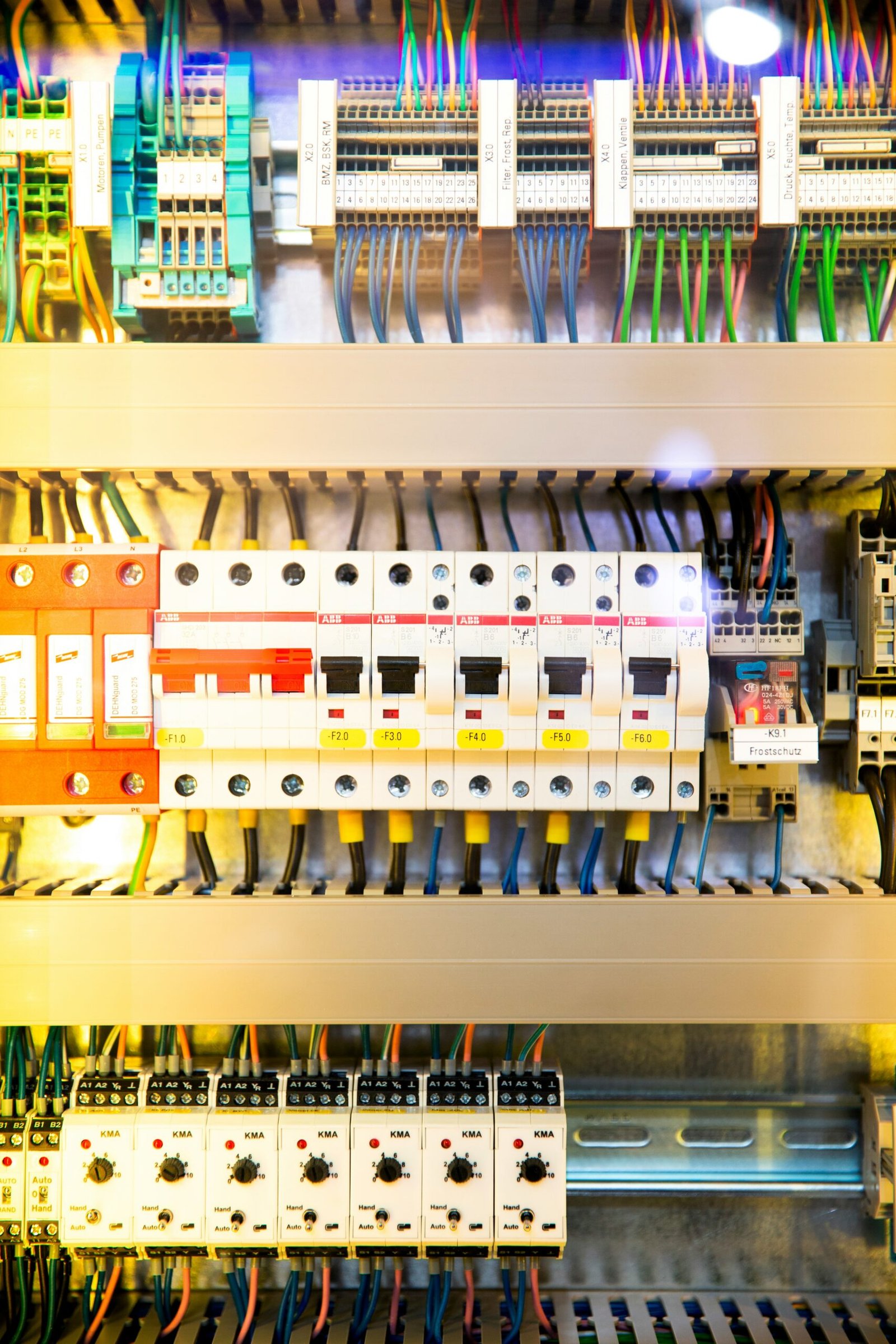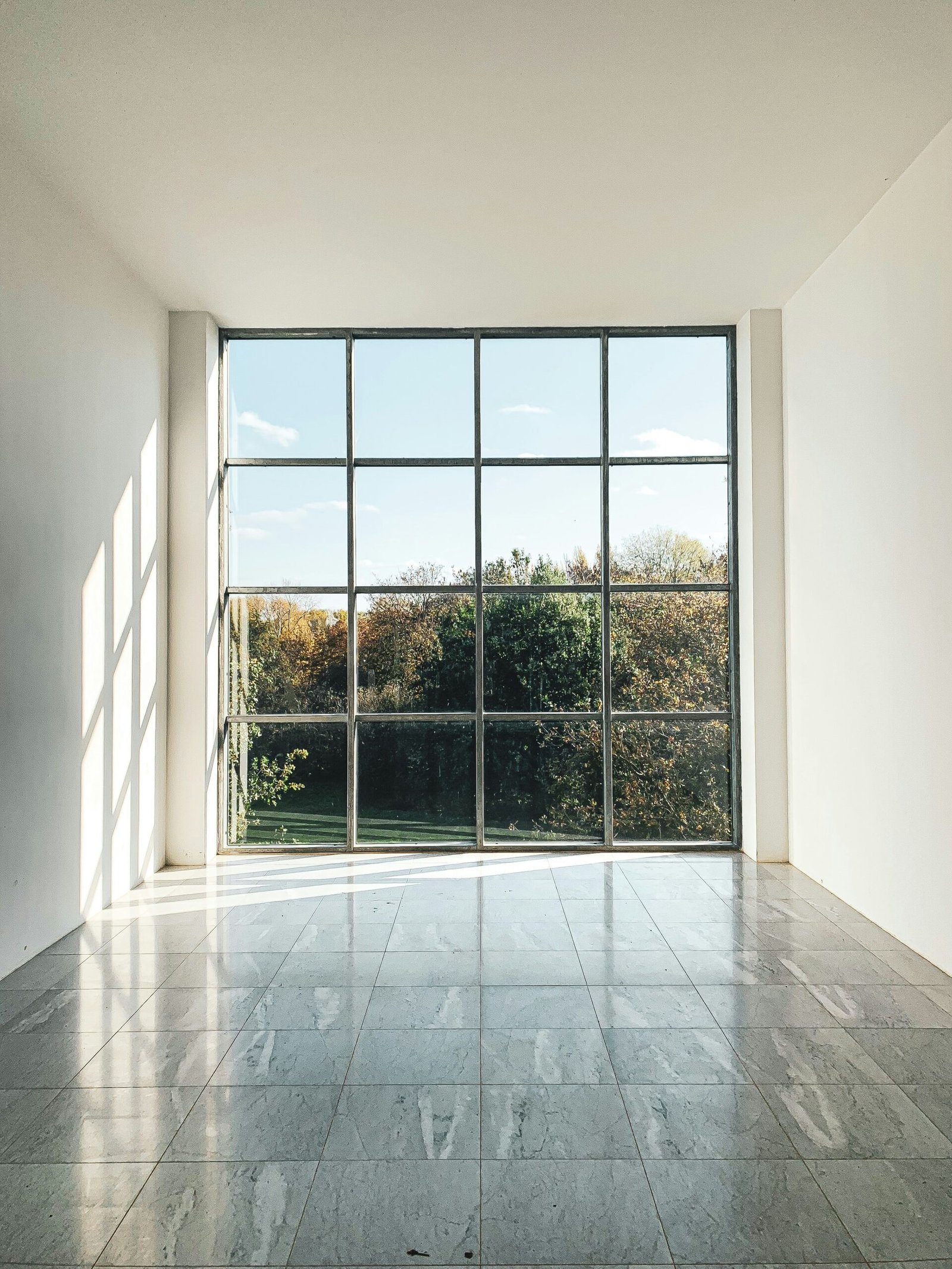The Origin of the Home Office
The concept of the home office has evolved significantly over the years, particularly in the context of recent global events. In Indianapolis, as elsewhere, the sudden shift to remote work necessitated by the pandemic highlighted the need for individuals to create effective workspace environments within their own homes. Prior to this shift, home offices were often seen as a luxury rather than a necessity, primarily utilized by freelancers, entrepreneurs, or individuals with flexible work arrangements. However, as the pandemic imposed restrictions on traditional office work, many Indianapolis residents found themselves transitioning from established office settings to makeshift workspaces at home.
This transformation was driven by various motivations. First and foremost, the need for a comfortable environment became paramount. Individuals required a dedicated area that was conducive to productivity, which often included ergonomic furniture, appropriate lighting, and minimal distractions. By setting up a home office, residents could tailor their workspace to suit their personal preferences and work styles, allowing for enhanced focus and efficiency.
Moreover, the desire for work-life balance played a crucial role in this transition. A dedicated workspace within the home allowed individuals to delineate their professional obligations from their personal lives, helping to manage the overlap that often occurs when working remotely. Establishing a home office facilitated clearer boundaries, promoting both mental health and productivity. As a result, many residents took this opportunity to invest in their work environments, creating spaces that reflected their professional identities while also catering to their personal comforts.
Ultimately, the origins of the home office in Indianapolis underscore a broader cultural shift towards flexible working arrangements, showcasing how personal needs and external pressures have redefined the traditional workplace and inspired individuals to innovate within their own homes.
The Transformation into a Neighborhood Coworking Space
The evolution of the home office into a neighborhood coworking space reflects a broader trend observed in urban areas like Indianapolis. As remote working became a norm, many individuals sought environments that foster collaboration, creativity, and social interaction. This change was not merely a shift in physical space but also in community dynamics, where the need for collective working environments grew increasingly evident. Word-of-mouth played a significant role in this transition, as satisfied users began to share their experiences with neighbors, thereby enticing others to explore this innovative working model.
In response to this growing interest, the decision was made to welcome local residents into what was once a private home office. This move entailed careful planning and logistics. Space optimization emerged as a critical factor; the layout had to be rearranged to accommodate multiple users while ensuring a comfortable and productive atmosphere. Common areas were constructed to encourage interaction, while dedicated workstations were furnished to meet diverse needs, balancing privacy with community engagement.
Accessibility also became a focus during this transformation. The location was chosen to ensure it was reachable by foot, bike, or public transport, thus making it convenient for the surrounding neighborhoods. This foresight attracted a broader demographic that might otherwise have been deterred by commuting challenges. Basic amenities, including high-speed internet, coffee stations, and meeting rooms, were introduced to further enhance the working experience and facilitate collaboration among users. As the space evolved, it began to reflect the identity of the community it served, allowing local residents not only to work but also to connect and share ideas, thus nurturing a vibrant local economy.
Building a Community: Experiences and Benefits
The transition from home office to community hub in Indianapolis has spurred a myriad of shared experiences among users of this innovative coworking space. Many individuals initially sought a professional environment to enhance their productivity, only to discover that they had inadvertently joined a vibrant community. The interactions among members have cultivated a sense of belonging and camaraderie that surpasses mere professional relationships.
Networking opportunities abound in this transformed space. Users have reported forging valuable connections that have led to collaborations on various projects, from creative endeavors to entrepreneurial initiatives. The ability to engage with diverse professionals—from freelancers to small business owners—has created a rich tapestry of knowledge sharing. In such an atmosphere, residents find mentorship opportunities, advice, and even friendship, leading to organic support systems that extend beyond the conference room or shared desk. This dynamic underscores the importance of communal spaces in fostering relationships that benefit all involved.
Additionally, the environment itself serves as a catalyst for personal development and creativity. Users have frequently noted that the blending of different backgrounds and expertise has inspired them to think outside the traditional confines of their work. The informal interactions that take place in common areas, such as lounge spaces or kitchen areas, often lead to brainstorming sessions or spontaneous collaborations that have sparked innovative ideas. These experiences highlight the value of having an accessible professional space within a residential area, making it easier for residents to integrate work and community life.
Ultimately, the benefits of this coworking hub extend far beyond productivity. The social dynamics, networking opportunities, and co-created projects render this Indianapolis space a unique asset for those who utilize it, offering a true sense of community in the evolving landscape of work.
Lessons Learned and Future Prospects
The transformation of traditional home offices into vibrant community hubs in Indianapolis has ignited a new wave of working practices and local engagement. This shift, however, has not been without its challenges. One of the primary lessons learned during this transition is the importance of fostering community connections. As individuals moved their workspaces homeward, the necessity for social interaction grew increasingly apparent. To counteract feelings of isolation, initiatives were implemented to connect remote workers through community events, workshops, and collaborative projects, illustrating that the human element remains essential in any workspace configuration.
Another significant challenge was adapting existing resources to accommodate the needs of diverse professionals. The initial infrastructure of many home offices lacked the essential features to support productivity for all types of workers. By incorporating feedback from users, the development of coworking spaces in Indianapolis evolved to include amenities like high-speed internet, private meeting rooms, and communal areas. This attention to user requirements has led to a newly designed working environment that caters to both individual needs and collaborative efforts.
Looking towards the future, the trend of merging home offices with community-centric coworking spaces appears promising. As remote work continues to gain traction, there is considerable potential for similar setups to proliferate in other neighborhoods across the country. This could reshape local economies by generating job opportunities, promoting entrepreneurship, and enhancing the vibrancy of community life. The impact on local communities is profound, as these spaces provide not only a place for work but also a platform for networking, creativity, and support.
As remote workspaces begin to flourish, it’s imperative to monitor and adapt to emerging trends, including the incorporation of technology and innovative designs that cater to the evolving landscape of work. The Indianapolis story serves as a model for other cities, showcasing how intentional design and community engagement can create spaces that not only serve a functional purpose but also strengthen local connections.
If you’re interested in purchasing the item you seek, please click the link for additional details: #americanachoice.
https://amzn.to/3SBN3Oy
AFFILIATE DISCLOSURE: I am an affiliate for this company, I am not a paid employee.
I may receive a commission if you click a link on this page and choose to purchase something.
You can rest assured I will only share things I believe in and will be valuable to you.



